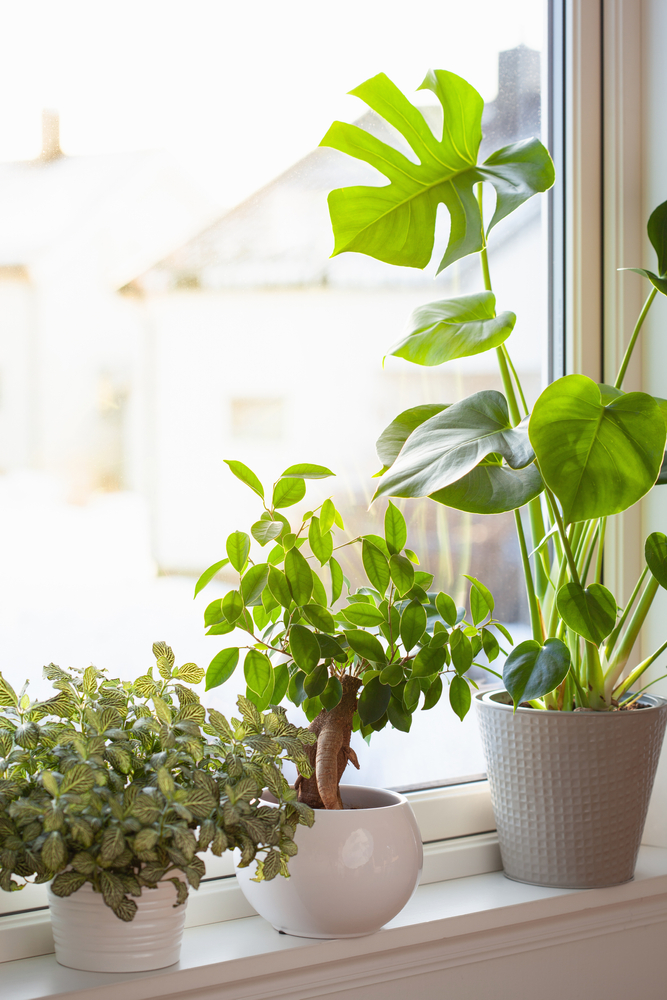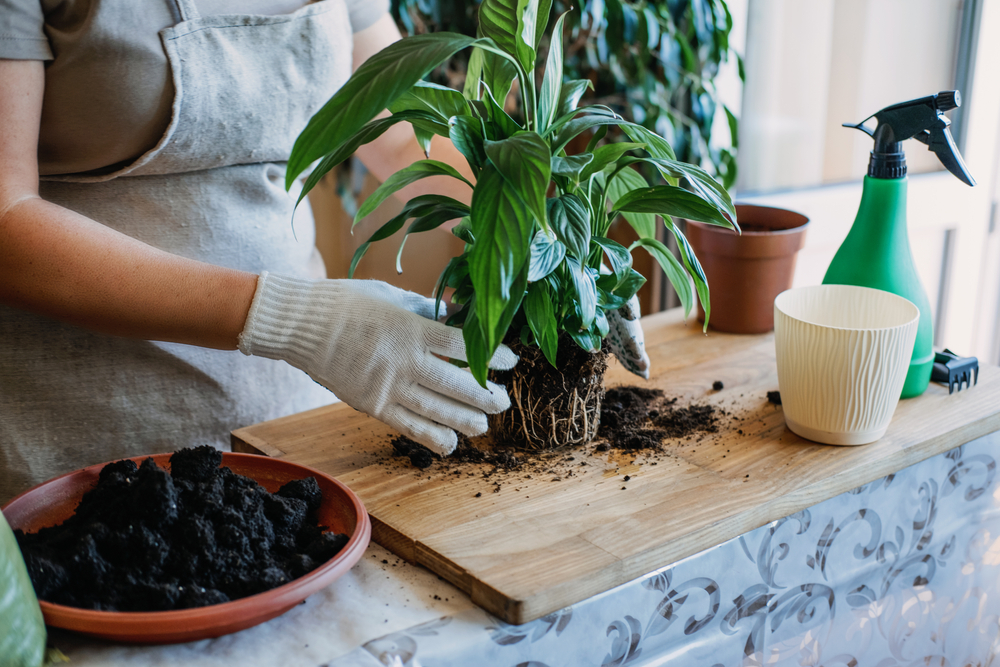Indoor plants bring welcome greenery into our living spaces, but to enjoy them for as long as possible, we still need to avoid certain mistakes. Bad actions that can destroy them and yet, too many of us do it while thinking we are doing the right thing.
In addition to their decorative aspect, Indoor green plants bring a lot of well-being to those who have them. Some studies claim that they can reduce psychological and physiological stress, but not only that. Having green plants at home or in the workplace can improve creativity and concentration. Another good reason to green your interior: plants absorb carbon dioxide to release oxygen thanks to photosynthesis. Indoor plants therefore play a depolluting role. Moreover, contrary to popular belief, it is entirely possible and even advisable to install a green plant in your room.
And the benefits of green plants at home are therefore no longer to be demonstrated, to allow them to last longer, certain actions are to be avoided, others to be adopted. Here are some maintenance errors that many of us make and which, however, can prematurely destroy green plants or slow down their growth.
Read also: Taking care of your indoor plants after summer
How to have beautiful indoor plants?
SO, How to have healthy indoor plants? Avoiding these few mistakes will already help to optimize their lifespan.
1 – Most common mistake: overwatering your indoor plants
When it comes to maintaining green plants, one of the most common mistakes is watering. Why? Because we are generally afraid of not watering them enough. Who has never found one of their indoor plants completely dried out after forgetting to water it for several weeks? An unfortunate experience that therefore pushes to the opposite extreme: give your plants too much waterin the hope that they will better tolerate possible forgetfulness of watering.
Or, A houseplant needs moderate watering to thrive.. Instead of drowning the roots by pouring in much more water than necessary at one time, wait until the soil is at least dry on the surface before watering; the golden rule is to wait for the clod of earth to dry between two waterings.
This therefore requires observation, since depending on the season and therefore the indoor temperature, a plant may need water more or less regularly. Moreover, It is better to have a plant that is suffering from a slight drought than one whose roots have started to rot due to overwatering.. Because fixing the first situation will be easier than the second: if your indoor plant dries out, immerse the roots in a basin, then drain them well before replacing the pot on its saucer.
Another tip for watering plants : if its leaves are thin, it means that watering must be more consistent and regular, since the water will evaporate more quickly. Also keep in mind that a pot without any holes allowing water to drain is likely to cause the roots of the plant to rot, due to poor drainage. Placing at least clay balls at the bottom of the pot already allows some of the water to be absorbed.
2 – Water your plants with cold tap water
Another common maintenance mistake with plants: watering them with water that is too cold, from the tap. As with any living organism, thermal shocks should be avoidedbecause they end up weakening the plant. Prefer watering with water at room temperature, neither too cold nor too hot, especially in summer when the difference between the temperature, even inside your home, and that of the water can be too great.
Tap water is also not recommended. to water the plants, due to the presence of limestone which prevents the proper assimilation of iron. A lack of iron will make the plant anemic and will be much less resistant.
Collecting rainwater is ideal for properly watering indoor and outdoor plants.
3 – Placing your indoor plants in a place that is too dark or too exposed
Pour boost the growth of your indoor plantsthey must benefit from good light, neither too little nor too little. Forget about dark corners of your home, which will not allow your plants to grow. On the other hand, direct exposure to the sun’s rays can burn their foliage.
Avoid placing your plants directly behind a window facing due south or west. Preferably place them near an external light source located in the East, without direct sunlight..

4 – Leaving water in the saucers: a mistake that can be fatal
Another bad habit that can cause a houseplant to wither quickly is not emptying the saucer of the pot after watering. However, There is nothing worse than standing water for creating fatal excess humidity..
To water indoor plants, it is best to place the pots in the sink or bathtub to allow the water to drain before replacing them on the saucers.
5 – Not repotting plants prevents their growth
How to boost the growth of indoor plants? Remembering to repot them when the time comes. If the roots start to get too cramped in the pot, then the plant will stop growing and will not live as long as a plant that is repotted regularly. For beautiful indoor plants, think about repotting, an essential operation when you have potted plants.

Read also: Pot gardening – When and how to repot a plant?
6 – Not fertilizing your indoor plants
To grow at their best and provide beautiful green foliage and, for some, pretty flowers, indoor plants need fertilizers. Forget chemical inputs, rely on natural fertilizers for indoor plants!
Read also: Natural fertilizers for green plants – 5 wastes to use to boost them
7 – Exposing your indoor plants to drafts
Finally, one last tip for the healthy growth of your indoor plants: be careful of drafts which can be fatal. Only the hardiest plants can be placed in entrances or other places in your home that are prone to drafts. For others, prefer a protected location, but be careful: also avoid placing them in the immediate vicinity of a heat source, such as a radiator.
Article updated
consoGlobe also recommends…
Source: www.consoglobe.com


